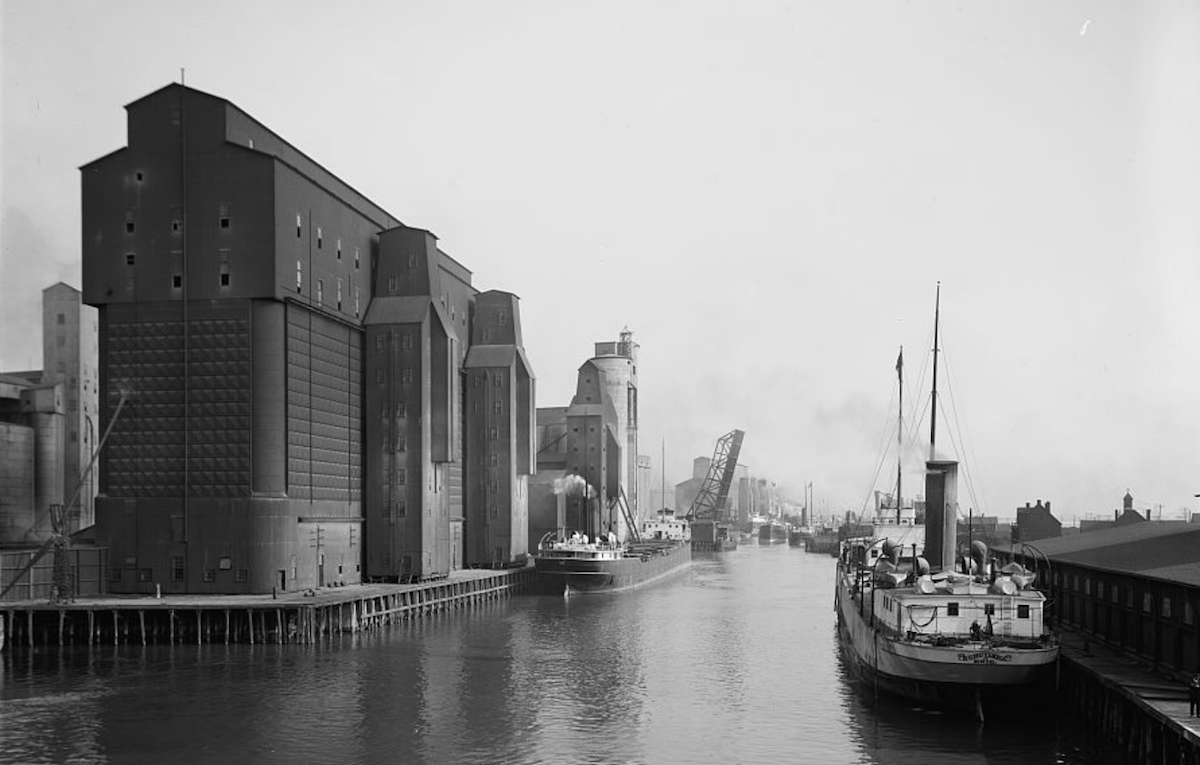From Irish Legends to Niagara’s Battlefields: The Fenians in Buffalo
Depiction of a Fianna warrior.
When Irish immigrants came to Buffalo, near Niagara Falls, they carried more than suitcases. They brought with them the stories of the Fianna—legendary warrior bands of ancient Ireland. These weren’t just fighters; they were young men (and sometimes women) who lived in the wild, trained in poetry and combat, and swore loyalty to their leaders and their code of honor.
At the heart of those legends was Fionn mac Cumhaill (Finn McCool), Ireland’s great hero. Fionn gained his wisdom from the Salmon of Knowledge, whose magical flesh gave him the power to see truth and foresee danger whenever he touched his thumb to his mouth. One of his greatest tests came on Samhain—the ancient Celtic festival marking the start of winter, when people believed the boundary between the living and the dead grew thin, an early forerunner of today’s Halloween.
Image of Finn McCool.
Artistic depiction of the Fianna.
On that night each year, the fire-breathing Áillen the Burner emerged from the mounds of the Tuatha Dé Danann, Ireland’s supernatural race. Áillen was no ordinary foe: some called him a demon, others a fairy being from the Otherworld. He lulled the warriors of Tara to sleep with his enchanted harp music, then set the High King’s halls ablaze with fire from his mouth. For twenty-three years, no one could stop him—until Fionn.
To resist Áillen’s spell, Fionn pressed the point of his spear against his forehead, the pain keeping him awake. When Áillen turned to leave, Fionn hurled his spear and killed him, saving Tara. With that act, he earned leadership of the Fianna. The meaning of the story runs deep: discipline defeats deception, courage triumphs over chaos, and true leadership is earned through action, not inheritance.
Whether Áillen was a monster, a dark spirit, or—as some like to imagine today—possibly even an alien, his defeat by Fionn became one of Ireland’smost enduring legends.
Centuries later, Irish immigrants carried those lessons across the Atlantic. And in the streets of Buffalo, near the thunder of Niagara Falls, those lessons would come alive again.
Fionn fighting Aillen, illustration by Beatrice Elvery in Violet Russell’s Heroes of the Dawn (1914) (source: Wikimedia Commons)
Tenements, Gangs, and Tensions on the Waterfront
By the 1840s, thousands of Irish refugees fleeing famine poured into Buffalo’s Canal District, also known as the First Ward. Life was hard: crowded tenements, muddy streets, and backbreaking dock work. Out of this struggle, Irish clubs and societies sprang up—part social hall, part political machine, and at times, part street gang.
Pride in Irish heritage was strong, but so was the pressure of survival. In 1862, Irish and German dockworkers rioted against wage cuts and the looming threat of conscription. The following year, tensions erupted again during the 1863 Draft Riots, when Irish dockworkers clashed with Black laborers, who were seen as competition for scarce jobs.
This image is an engraving of the New York City Draft Riots of July 1863, the most destructive civil disturbance in U.S. history.
The Conscription Act of 1863 deepened these divides. Working-class white men—many of them Irish—were drafted, while African American men could volunteer but were not forced to serve. Meanwhile, wealthier whites could buy exemptions or substitutes, leaving the poor to face the war.
The inequality sparked rage. Draft riots broke out in cities across the North, the worst in New York City, where mobs—many of them Irish—burned buildings, attacked police, and murdered over 100 people, with African Americans targeted most brutally. Buffalo saw its own unrest, centered on Union Block, the city’s African American neighborhood and a key stop on the Underground Railroad. Union Block stood near Michigan Avenue and Broadway, the heart of Black Buffalo in the 19th century.
For days, Buffalo teetered on collapse. Police and militia eventually restored order, but the violence left scars. Union Block—once a hub of hope and community—became a reminder of how poverty and prejudice could pit neighbors against one another. It was a bitter contrast to the Fianna’s old code of loyalty and honor: where myth spoke of unity, reality too often pushed communities apart.
This is a lithograph of the Battle of Ridgeway (June 2, 1866), one of the most famous clashes of the Fenian Raids.
The Fenian Brotherhood Rises
After the Civil War, thousands of Irish veterans returned home unemployed but battle-hardened. Out of their restlessness rose the Fenian Brotherhood. Their radical plan? Strike at Britain by invading its nearest colony—Canada.
Buffalo, perched on the Niagara frontier, became a hotbed of Fenian activity. Secret meetings filled halls and taverns. Fundraisers promised that “a dollar here is a blow for Ireland.” And fiery speeches painted Buffalo’s streets with dreams of revolution.
The Fenian Raids of 1866
In June 1866, those dreams became action. Armed veterans poured into Buffalo, ready to cross into Fort Erie. They torched bridges, dug trenches, and declared:
“We come among you as foes of British rule in Ireland.”
For a moment, myth seemed to merge with history—the Fianna reborn in Buffalo, prepared to strike empire. But reality proved harsher. Leadership disputes, poor planning, and quick U.S. government intervention doomed the plan. The USS Michigan, patrolling the Niagara River, cut off reinforcements. By the time Canadian militia engaged them at Ridgeway, the Fenian army was unraveling.
The Fenian raiders.
Buffalo’s once bustling waterfront.
Why It Matters
The story of the Fenians may seem like a forgotten footnote, but it tells us something powerful:
Myth became reality: Irish ideals of the Fianna inspired real militias.
Hardship bred toughness: Immigrants turned discrimination into solidarity, even as prejudice sometimes divided communities.
Buffalo became a world stage: For a brief moment, the Niagara frontier was tied directly to Ireland’s fight for freedom.
So next time you walk along the Buffalo River or gaze across Niagara’s gorge, remember: this landscape once echoed with the dreams of warriors and revolutionaries—men who carried ancient legends into a new world, and believed that even the mightiest empire could be challenged.
✨ At Go Niagara Tours, we bring these stories to life—where waterfalls meet warriors, and local streets echo with world history.
#BuffaloHistory #NiagaraFallsHistory #IrishMythology #FenianRaids #CivilWarHistory #UnionBlock #FionnMacCumhaill #IrishImmigrants #GoNiagaraTours #HauntedHistory #MythAndHistory
The Fenian monument in Buffalo is located at Tow Path Park, at the foot of Hertel Avenue along the Niagara River.









